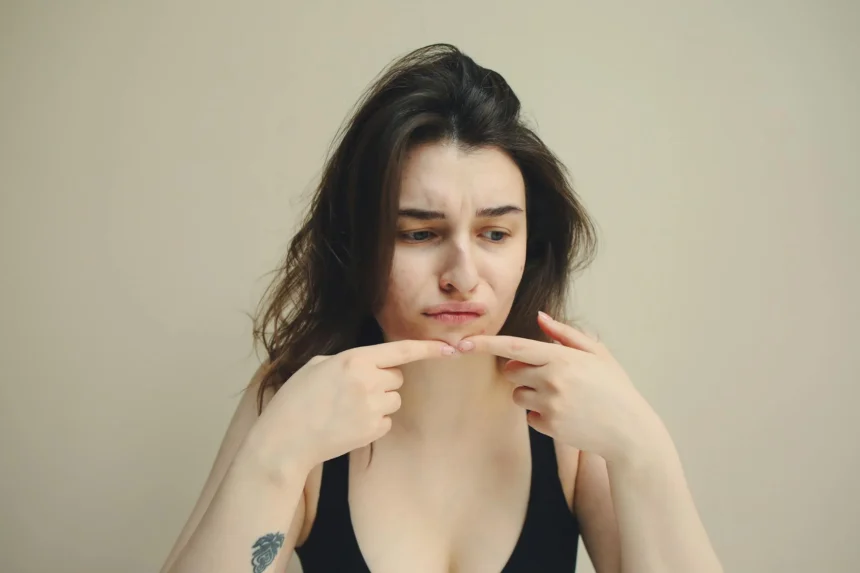Introduction
Milialar (Milia), those tiny, pearly white bumps on your skin might seem mysterious, but they have a straightforward explanation. In this article, we’ll delve into what milia are, where they appear, how they form, and the best ways to manage them.
What Are Milialar (Milia)?
Milialar, also known as milk spots, are small cysts that form just beneath the skin’s surface. These benign cysts are typically white or yellowish and can appear anywhere on the body. Let’s explore the critical aspects of milia:
Where Do They Appear?
- Common Areas: Milia are most commonly found on the face, especially around the eyes, cheeks, and nose.
- Newborns: Approximately 50% of newborns have milia, often mistaken for baby acne. These usually resolve on their own within a few weeks.
- Adults and Children: Older children and adults can develop Milialar due to various factors, including improper skin care, oil-based products, and underlying skin conditions.
How Do They Form?
- Cell Traps: Milia occur when dead skin cells (and sometimes hair follicles) become trapped under the skin.
- Hardened Cysts: These trapped cells harden, forming small cysts below the skin’s surface.
Types of Milialar
- Primary Milia:
- Congenital Milia: These spontaneously occur, often on the face (especially the nose).
- Benign Primary Milia of Children and Adults: These can develop on the eyelids, cheeks, forehead, and genital area.
Treatment and Prevention
- Natural Resolution: Milia usually resolves on their own over time.
- Professional Consultation: If you want to remove milia, consult a dermatologist.
- Preventive Measures:
- Proper Skin Care: Regular exfoliation helps prevent cell buildup.
- Avoid Oil-Based Products: These can contribute to milia formation.
- Address Underlying Conditions: Treat skin conditions like dandruff or rosacea.
- Sun Protection: Sunscreen helps prevent Milialar.
Milialar vs. Acne
- Milia:
- Appearance: Small, white, or yellow bumps.
- Cause: Trapped skin cells.
- Treatment: Usually benign and self-resolving.
- Acne:
- Appearance: Red, inflamed pimples.
- Cause: Excess sebum, bacteria, and inflammation.
- Treatment: Various options, including topical treatments and lifestyle changes.
Home Remedies for Milialar
- Gentle Exfoliation: Use mild exfoliants to encourage cell turnover.
- Warm Compress: Apply a warm cloth to soften milia.
- Honey and Sugar Scrub: A natural exfoliant to help remove dead skin cells.
- Avoid Picking or Squeezing: This can lead to scarring.
Conclusion
Milialar may be small, but understanding their causes and management can make a big difference. Remember, while they’re usually harmless, seeking professional advice ensures you take the best care of your skin. So, embrace your skin’s uniqueness, whether milia or any other imperfection!





